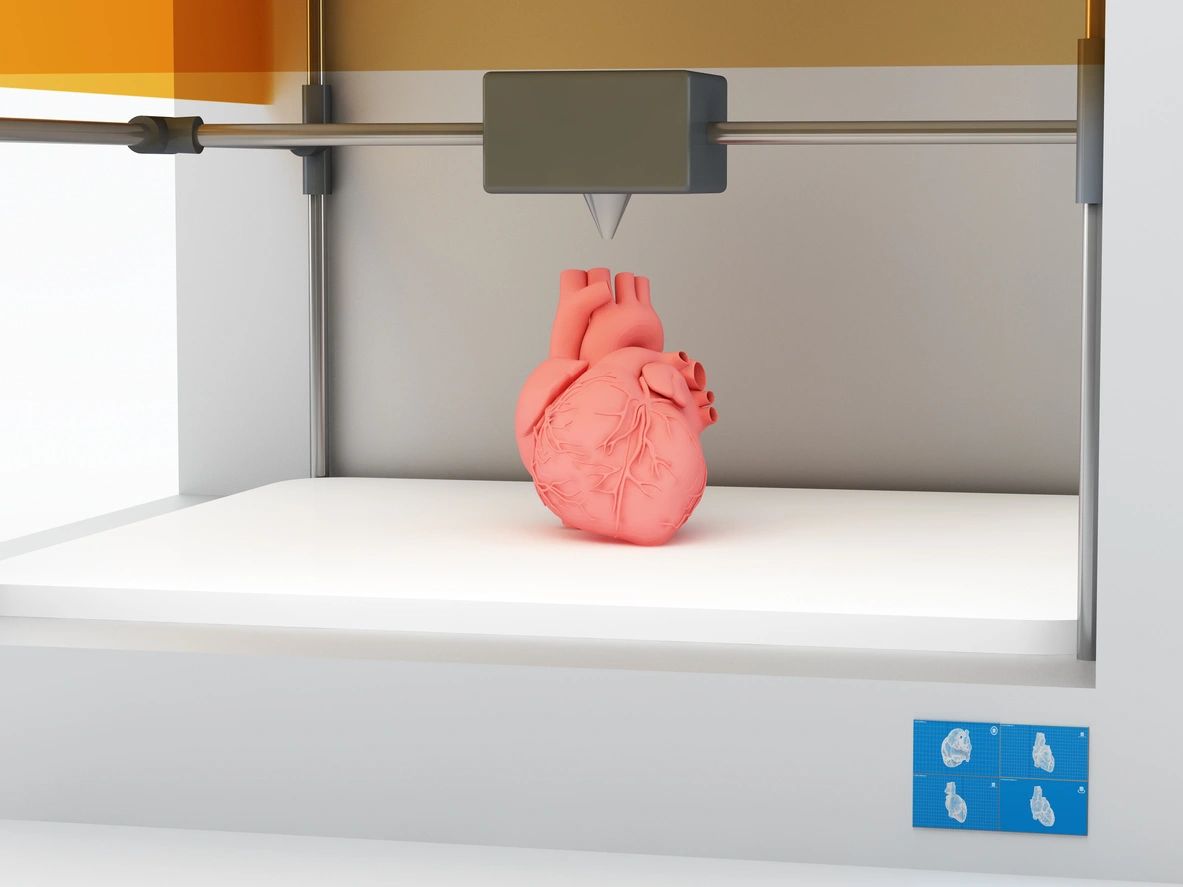In the not-so-distant past, 3D printing was largely confined to the realm of prototyping, a tool used by engineers and designers to transform digital designs into tangible models. However, over the years, this technology has undergone a remarkable evolution, transcending its initial niche to become a game-changer in manufacturing across various industries. In this article, we explore the journey of 3D printing from prototyping to mainstream use, its unique applications, the pros and cons, and the role of technology in this transformation.
3D printing’s origins trace back to the 1980s when it was primarily utilized for rapid prototyping. Its ability to quickly and cost-effectively create physical prototypes allowed engineers to iterate designs with unprecedented efficiency. While this was groundbreaking, it was only the beginning.
Today, 3D printing has emerged from the shadows of prototyping to become a prominent player in mainstream manufacturing. Industries such as aerospace, healthcare, automotive, and consumer goods now rely on 3D printing for the production of functional, end-use parts. This evolution is partly attributed to advancements in technology that have made 3D printers faster, more precise, and capable of handling a wider range of materials.
The applications of 3D printing have expanded exponentially. In healthcare, for example, 3D printing has revolutionized the creation of patient-specific implants and prosthetics, offering customized solutions that were once inconceivable. In the aerospace sector, lightweight, complex components are 3D printed, enhancing fuel efficiency and reducing production costs. In the automotive industry, 3D printing is used for parts manufacturing, creating lightweight, high-performance components.
3D printing offers several advantages, including rapid prototyping capabilities that reduce development time and costs. It excels in customization, enabling the creation of personalized medical implants and unique consumer products. Additionally, 3D printing minimizes waste by using only necessary materials and allows for the production of intricate and complex shapes that traditional methods struggle with. However, it also has limitations. The speed of production can be a drawback, particularly for large-scale manufacturing. Not all materials are suitable for 3D printing, limiting its applicability in certain industries. Furthermore, the initial setup costs for industrial-grade 3D printers can be significant.
As we reflect on the evolution of 3D printing from its roots in prototyping to its current status as a mainstream manufacturing powerhouse, it’s clear that the journey is far from over. The trajectory of this technology points to a future where 3D printing continues to push the boundaries of what’s possible in design and production across various industries. With ongoing advancements in technology, including automation and artificial intelligence, we can expect 3D printing to become even more integrated into our manufacturing landscape. As it becomes faster, more precise, and capable of handling a broader range of materials, the potential applications of 3D printing are boundless. It’s a testament to human ingenuity and innovation, and its story is far from its final chapter.


Comments are closed